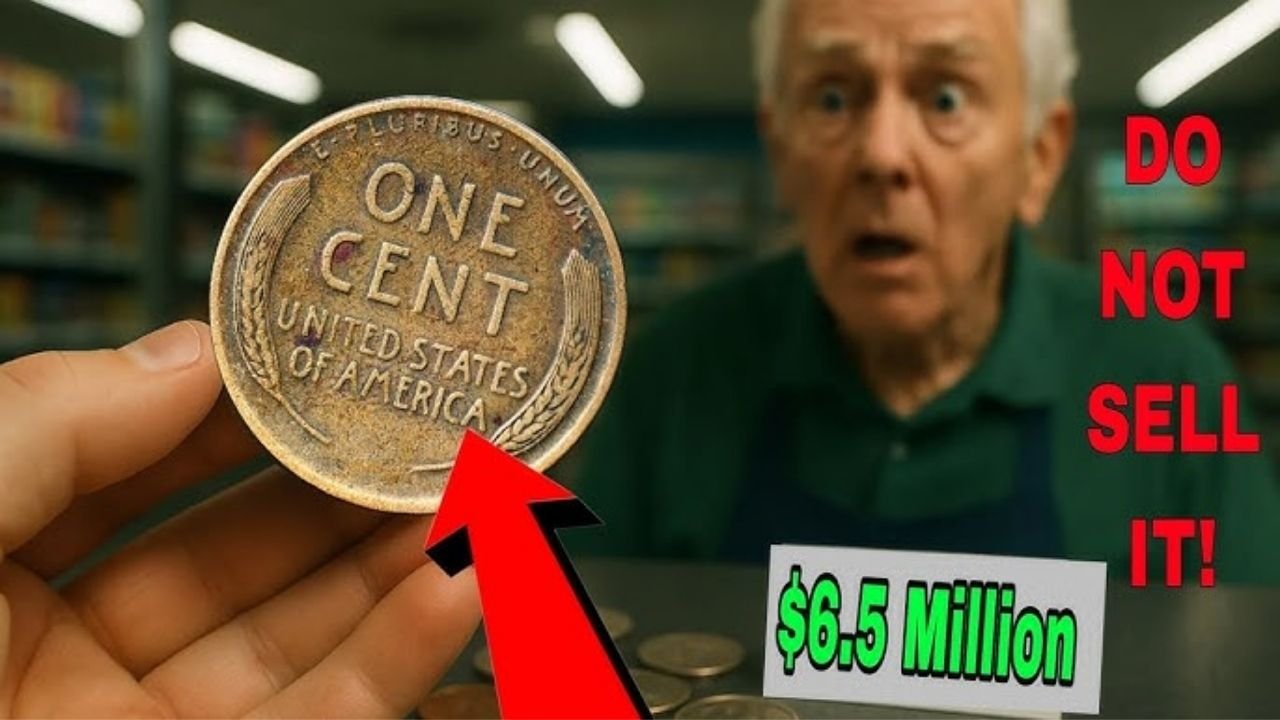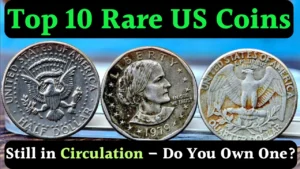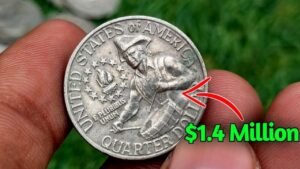Picture finding a penny in your change that could buy a fancy car. That’s the magic of the Lincoln Wheat Penny, a coin that’s been turning heads in the collecting world.
One rare example recently sold for an incredible $120,000 at auction! Could you have one tucked away in your coin jar? Let’s uncover what makes these pennies so valuable and how to spot a potential treasure.
Why Are Lincoln Wheat Pennies So Valuable?
Minted from 1909 to 1958, the Lincoln Wheat Penny is a numismatic icon. Certain years, especially from the early 1900s, had low mintages, and decades of circulation left most coins worn. This scarcity makes pristine examples highly sought after.
Combine that with specific dates, mint marks, or errors, and you’ve got a penny that collectors will pay a fortune for—like the one that fetched $120,000 in 2024.
Key Features of a Valuable Lincoln Wheat Penny
Not every Wheat Penny is a jackpot, but certain traits make some worth thousands. Here’s what to look for:
| Feature | Details |
|---|---|
| Year | Early dates like 1909, 1914, or 1931 |
| Mint Mark | “S” (San Francisco) or “D” (Denver) |
| Condition | Mint State (MS-65 or higher) |
| Design | Lincoln on front, wheat stalks on back |
| Estimated Value | $200–$120,000 (depending on condition) |
Key dates like the 1909-S VDB or 1914-D are especially valuable, with top-grade examples commanding six figures.
How to Spot a Rare Lincoln Wheat Penny
Think you’ve got a valuable penny? Here’s how to check:
1. Check the Date
Look for early years like 1909, 1914, or 1931, which had lower mintages. Rare dates are a good starting point.
2. Find the Mint Mark
Check below the date on the front for a “D” (Denver) or “S” (San Francisco). Coins like the 1909-S VDB or 1914-D are collector favorites.
3. Inspect the Condition
Coins in Mint State—no scratches, wear, or discoloration—are worth the most. Use a magnifying glass to check Lincoln’s profile and the wheat stalks for sharp details.
4. Look for Errors
Some pennies have minting errors, like doubled dies (blurry text or images), which can significantly increase value.
5. Never Clean the Coin
Cleaning can damage a coin and lower its value. Store it in a protective plastic holder and consult a professional grader.
Where Could These Pennies Be Hiding?
The thrill of finding a $120,000 penny is that it could be anywhere—in your pocket, a bank roll, or an old family coin jar. Collectors have found rare pennies in loose change, inherited collections, or even vending machine returns. With millions minted, a rare gem might still be waiting to be discovered.
Understanding Coin Grading
A coin’s condition determines its value. Here’s a quick guide:
| Grade | Description |
|---|---|
| Good (G-4) | Heavily worn, readable details |
| Fine (F-12) | Moderate wear, clear details |
| Extremely Fine (EF-40) | Light wear, sharp details |
| Mint State (MS-65) | Near-perfect, no visible wear |
A Mint State penny, like the one that sold for $120,000, is a rare find in top condition.
What to Do If You Find a Rare Penny
If you think you’ve found a valuable Lincoln Wheat Penny, follow these steps:
- Handle with Care: Use gloves to avoid damaging the coin with skin oils.
- Store Safely: Place it in a protective plastic holder to preserve its condition.
- Get It Graded: Contact PCGS or NGC for professional grading to confirm authenticity and value.
- Research Value: Check recent auction records to estimate worth. For example, a 1914-D in MS-66 sold for $120,000 in 2024.
- Sell Smart: Work with reputable auction houses like Heritage Auctions or trusted coin dealers to maximize your return.
The Joy of Coin Collecting
The $120,000 sale of a Lincoln Wheat Penny has sparked a nationwide treasure hunt. Social media is alive with stories of lucky finds, and coin clubs are buzzing with tips for spotting rare pennies. Even if you don’t find a six-figure coin, many Wheat Pennies from key dates or in high grades can still be worth hundreds or thousands.
A Slice of American History
Designed by Victor D. Brenner, the Lincoln Wheat Penny features Abraham Lincoln’s profile and wheat stalks, symbolizing America’s agricultural heritage. Minted during a pivotal era, these coins carry a nostalgic charm that captivates collectors. Finding a rare one is like uncovering a piece of history.
FAQs About the Lincoln Wheat Penny
Why are some Lincoln Wheat Pennies so valuable?
Low mintages, rare mint marks (like “S” or “D”), and excellent condition make certain pennies worth up to $120,000.
How do I know if my penny is rare?
Check the date (early years like 1909 or 1914), mint mark (“S” or “D”), and condition. Look for errors like doubled dies.
Where can I get my penny appraised?
Visit a local coin shop or contact professional grading services like PCGS or NGC for an expert evaluation.
Are all Lincoln Wheat Pennies valuable?
No, most are worth a few cents to a few dollars. Only rare dates, mint marks, or coins in Mint State have high value.
Can I find these pennies in circulation?
Yes, though rare, they can appear in pocket change, bank rolls, or old collections. Always check carefully.
Next time you’re sorting through loose change or digging through an old coin jar, take a moment to inspect those pennies. A rare Lincoln Wheat Penny could turn your spare change into a life-changing fortune!




